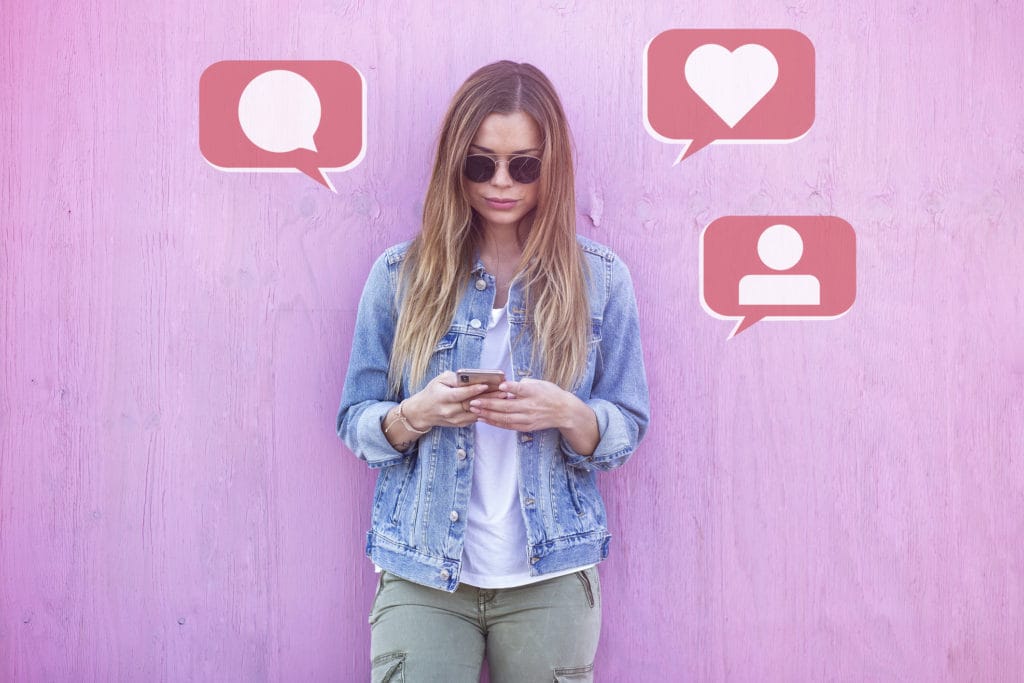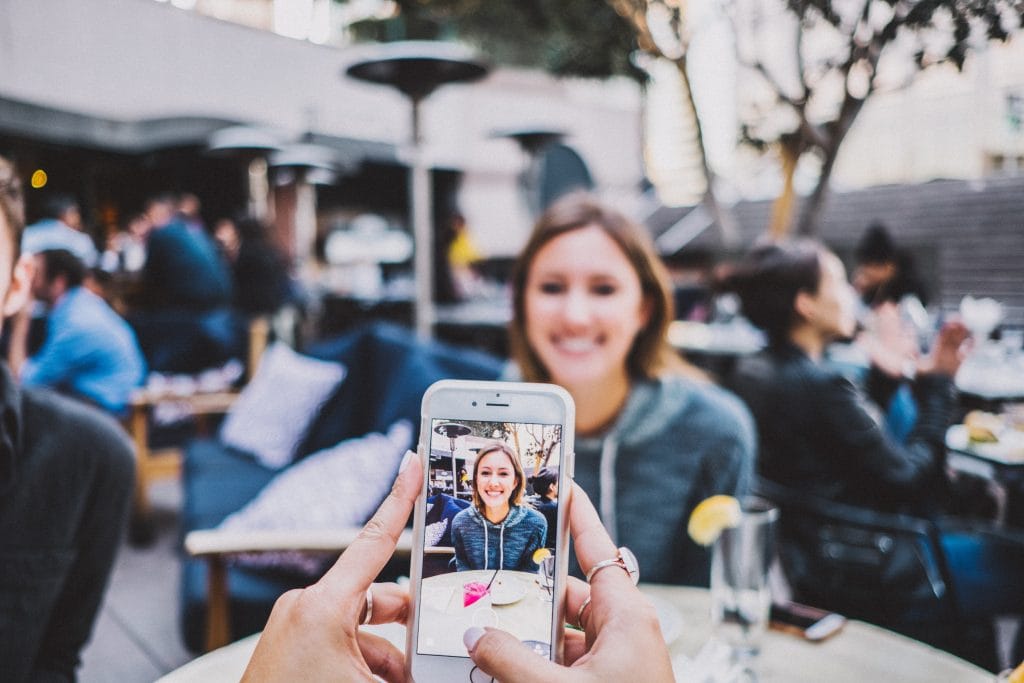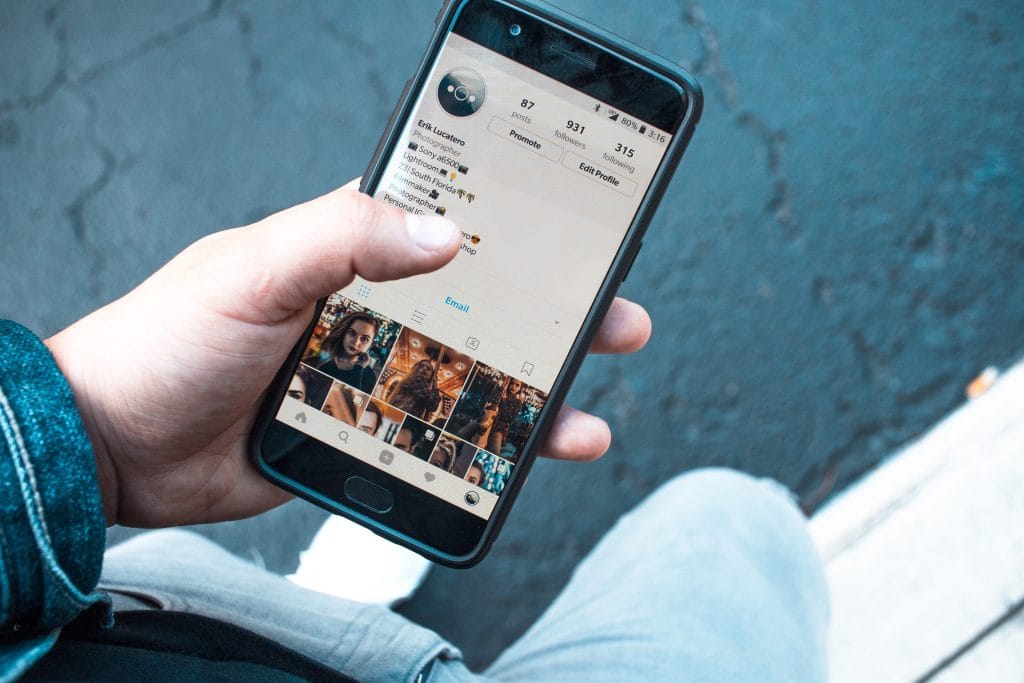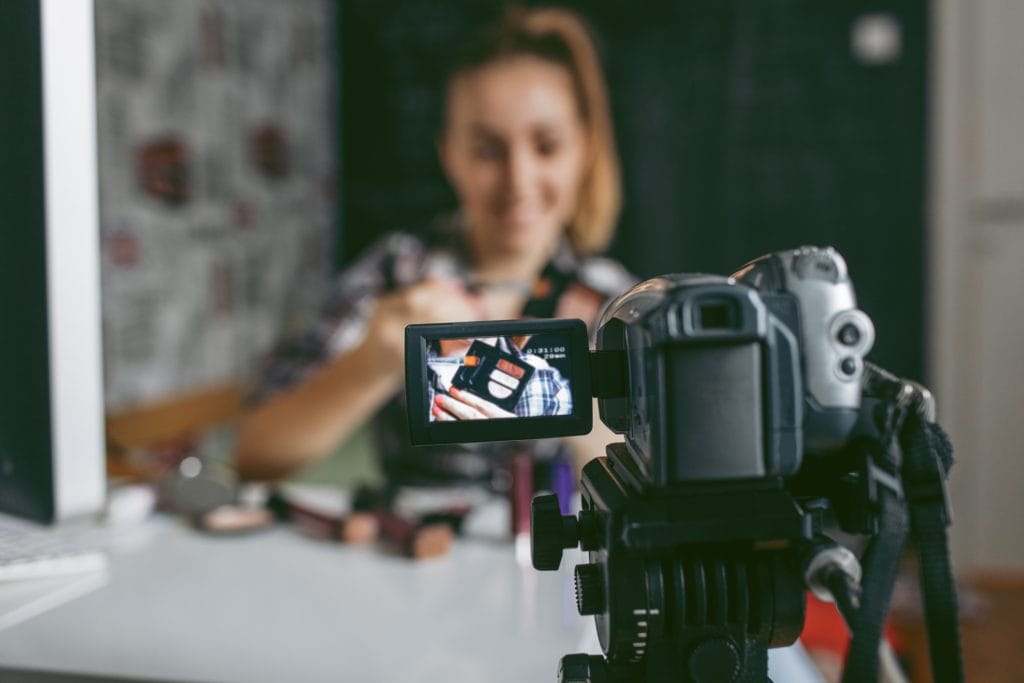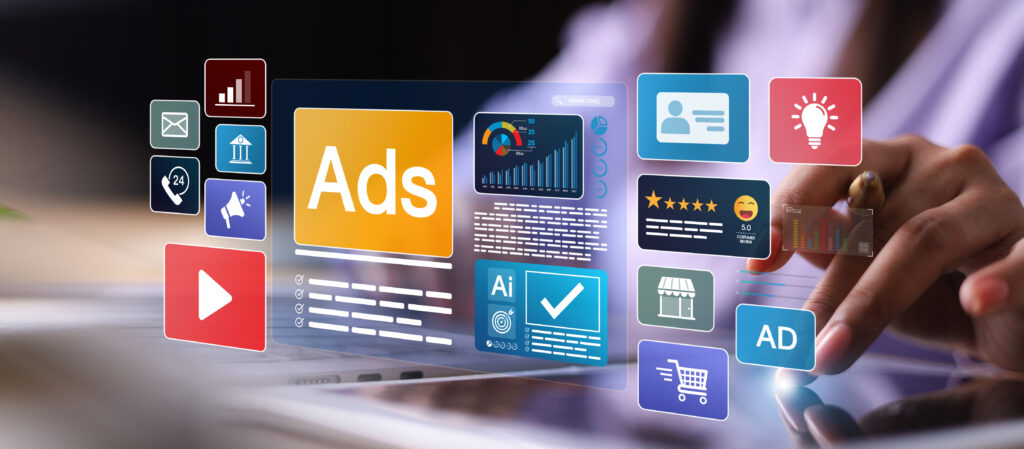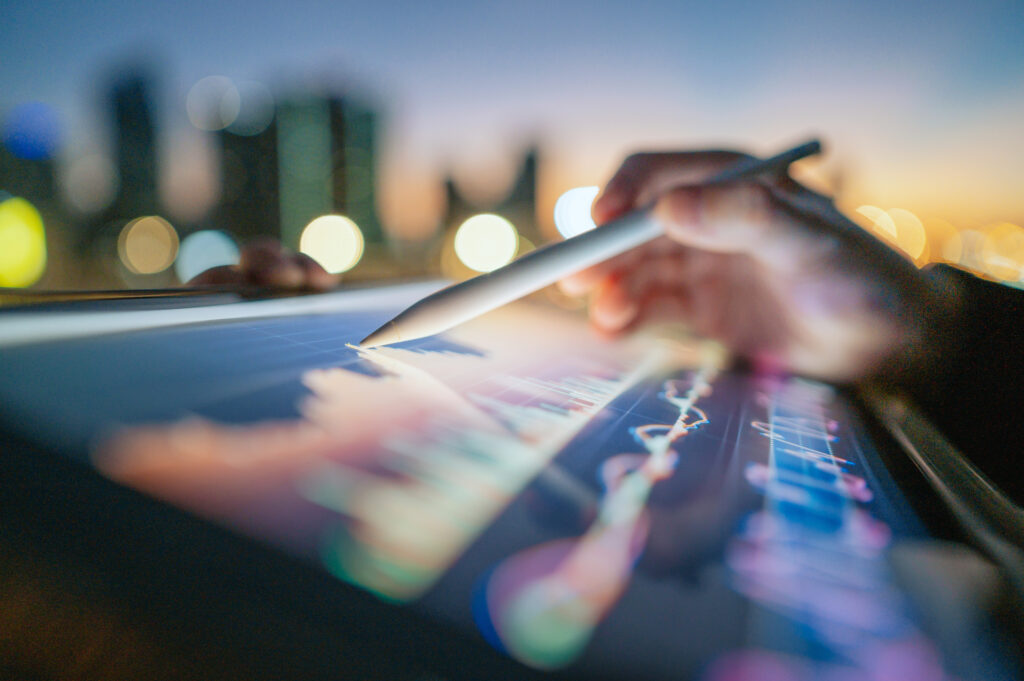influencers
Top Influencer Marketing Platforms to Tap Into
There are several top influencer marketing platforms to tap into this year. Leading influencer marketing platforms include AspireIQ, Upfluence, and CreatorIQ, offering tools to connect brands with relevant influencers. These platforms provide analytics for campaign tracking, influencer discovery tools, and ROI measurement capabilities. They cater to businesses of all sizes, facilitating effective influencer partnerships that…

